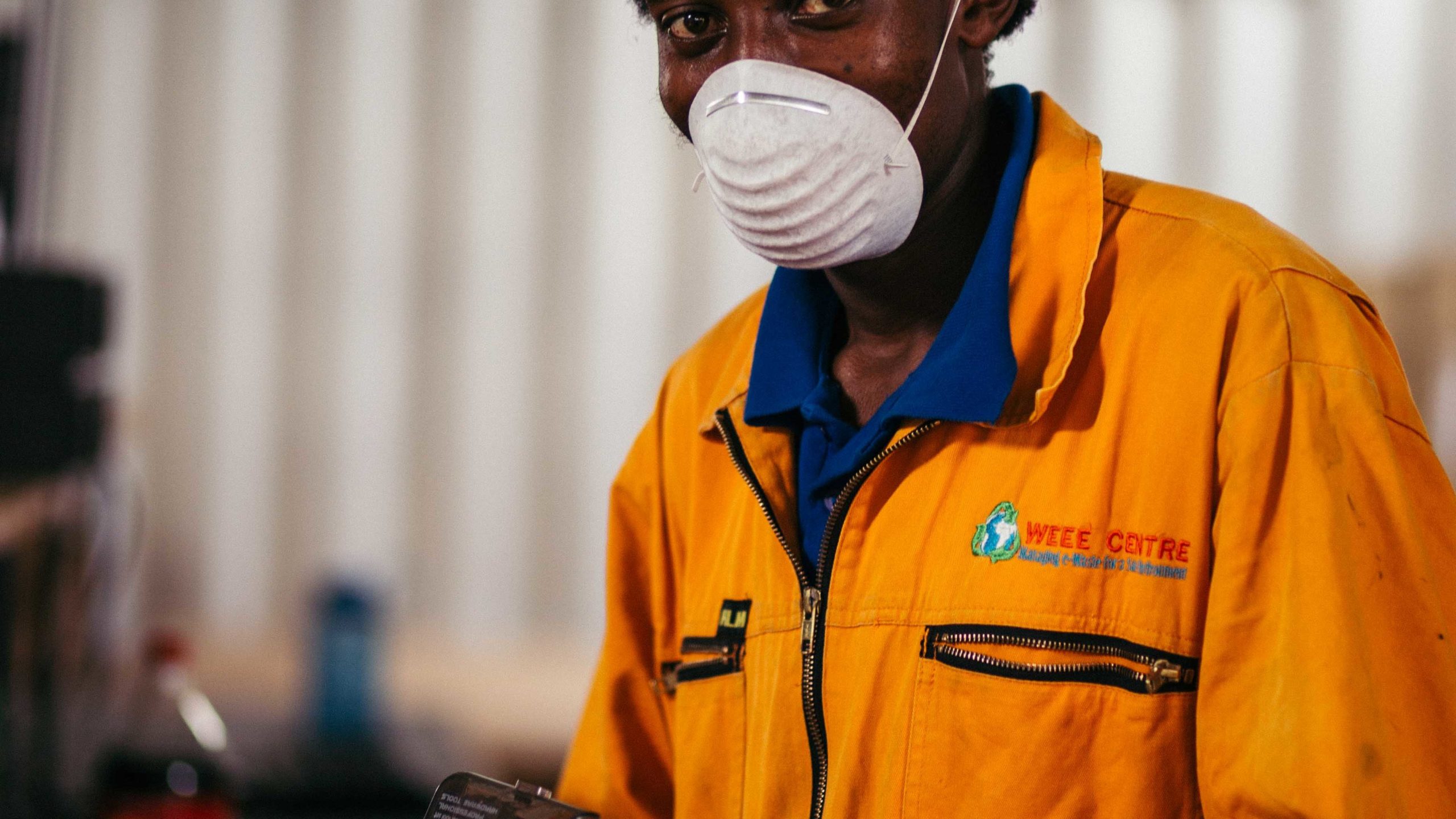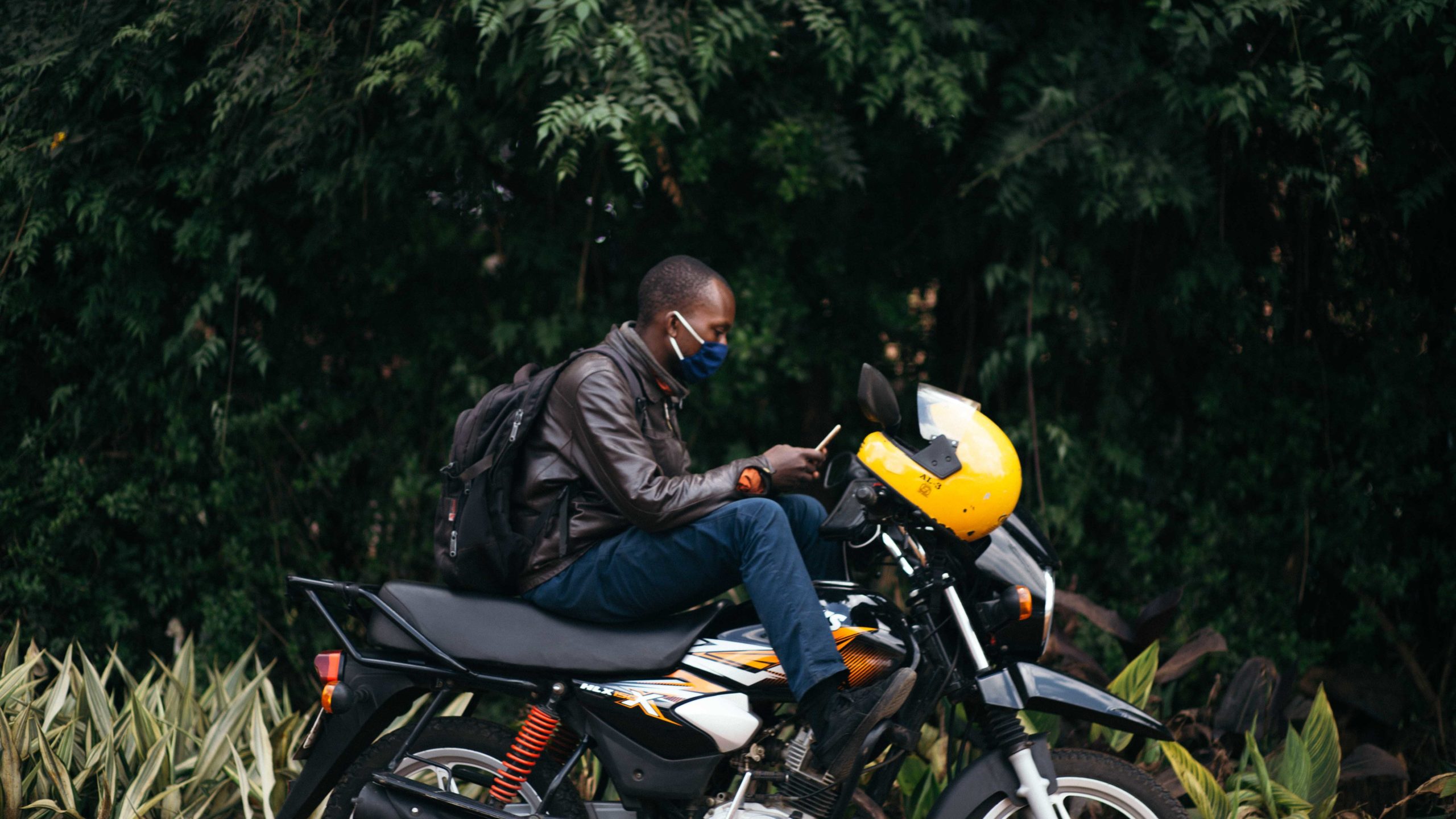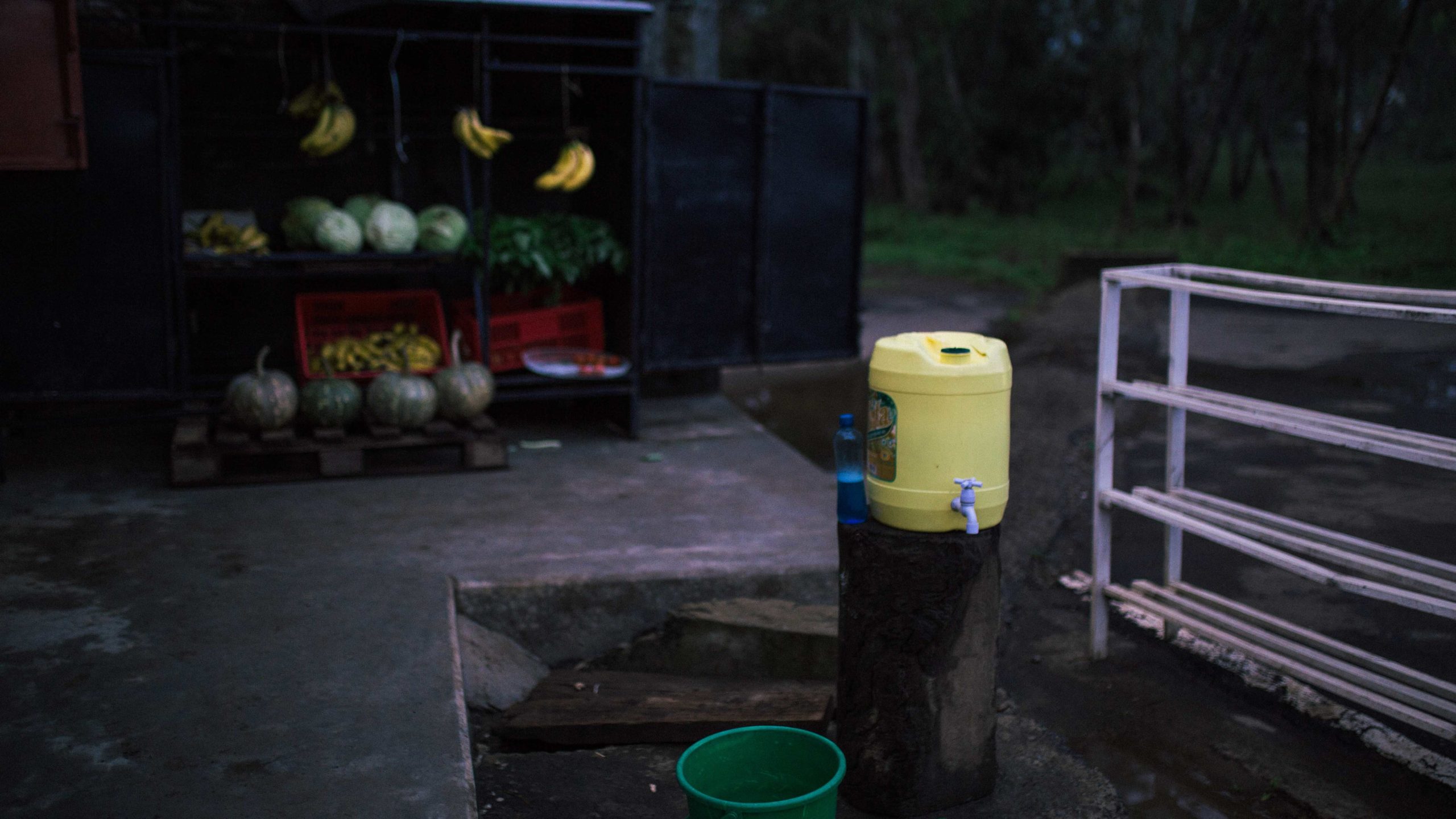
Sneaking around Incoherent “Safety” in Nairobi
April of 2020 and 2021 in Nairobi, Kenya, feel eerily similar, like a deja vu. Each day of the month before the velvety darkness of evening fully settled in, the streets are empty of people. Shops and restaurants close even earlier. On March 27th, President Uhuru Kenyatta delivered the 15th presidential address on the coronavirus pandemic. Leading up to that announcement, rampant speculations had spread across town, overtaking Whatsapp groups and seeping across text threads. In hushed voices, people discussed the potential of returning to a lockdown since evening curfew was still in place. This address dispelled rumours as quickly as they had emerged.
The nation was stunned by a new set of rules— both unnecessarily harsh and undeniably subjective in efficacy. Supported by quasi-“medical and empirical” evidence, Uhuru claimed that the pandemic was placing “unparalleled” stress on Kenya’s health system (at the same time, there were hearsays that the ICUs of private hospitals are yet to be inundated). There was no mention of the vaccine, either boosting the logistics of distribution or goals to have a certain portion of the population vaccinated despite the 15th address’s proclamation to “avert a national health crisis.” During the first week of March, Kenya had received the first batch of the Astra Zeneca-Oxford and Sputnik V vaccines as part of a nationwide deployment plan to vaccinate 16 million people by June, 2022 starting with frontline health workers and teachers. Compounded by “vaccine nationalism,” the monopolization of vaccine supplies by Western countries at the expense of both poorer countries and global herd immunity, and internal profiteering and cheating, the rollout plan for vaccination has had a rocky start. On April 2nd, the government banned the private importation of vaccines to safeguard against counterfeits and in an attempt to attenuate instances of corruption in vaccine distribution.

The five counties of Nairobi, Kajiado, Machakos, Kiambu, and Nakuru would be subjected to an 8pm curfew and banned from travel by road, rail, and air throughout the other 42 counties in Kenya. Travel between the affected five counties would be allowed, presumably to hotbox what Uhuru had called “disease infected” populations.
“For previous curfews announcements, we were informed by our work first,” an engineer working on a major construction project revealed. “But we had actually just been notified of extensions in our working hours. We were totally caught off guard this time.”
In the daytime, bored and hungry-looking crowds of kids–generally boys–roam the streets since schools have shut down. The seething crowds of unemployed women occupying street corners have grown; men hanging around dukas and boda bodas appear more bored than ever, scrolling apathetically on their mobiles and waiting for ebbing streams of customers. All sit-in dining and cafes were suspended, severely disrupting co-working possibilities and halting business meetings. A recognizable sense of desperation and anxiety has crept back as the relative sense of normalcy that Kenyans had restored by the last quarter of 2020 was once again seized by the government. This is not the East Africa that has weathered the pandemic more successfully than the West (initially projected to reach 10 million COVID-19 deaths, the entire continent has contributed only 3.6% of total pandemic deaths worldwide). It is a harsh reminder that the common people remain subject to the government’s capricious policies, at their own cost. “The 8pm curfew is ridiculous,” one Nairobian commented. “We’re not kids. It doesn’t work like this–the virus doesn’t just go away during the day and come out at night. But the impact this has on business is detrimental.”
International travel is still permitted; tourists have been “urged not to cancel their bookings.” In the other 42 counties, life carries on. With such mindlessly subjective rulings, tensions have peaked once again. “I don’t know what I’m going to do after tonight,” a server at the popular Geco Cafe in Nairobi said as she passed out another round of tequila shots on that fateful night, March 27th–the last night bars would be open for the foreseeable future. “I don’t know when I’ll get my job back.”
The unfortunate and frequently-ignored fact regarding those who claim to use “numbers” to emphasize rising case numbers is that recovery rates go unmentioned. In Kenya, COVID-19 has a 1.6% mortality rate as of 3/27/21 (2104 deaths out of 129330 cases. It’s too easy to forget that 100% of everyone reading this will ultimately die). Coercive measures backed by negligible logic and data restricting the freedoms of those with the least means to cope with lockdowns (an estimated 14.9 workers–83.6% of the employed population–work in the gig economy) are repeatedly implemented. The irreparable damages and unjustified impact of the lockdown are ignored by top officials, yet the damage on the ground is palpable. From stunning unemployment spikes in a country already ridden by joblessness and subsequent rises in crime, to unprecedented mental health episodes and brutal police enforcement (where young children have been shot and killed by police or individuals are grouped together–not socially distanced–and beaten for breaking curfew), Kenya has suffered much over the past year. Not as much in the way of COVID-19 itself, rather the politically correct and-induced injustices of the pandemic.
Kenya is a country with a 5.1% malaria mortality rate–25,000 people died from AIDs-related illnesses in 2018. Citizens, particularly the elderly, are liable to die at home from illnesses (e.g. diarrheal diseases or tuberculosis) that the West considers eminently treatable. The current unemployment rate stands at 10.5%, with an estimated 900,000 youths to enter the already-saturated workforce by 2025 and 15-34 year olds accounting for 84% of those currently unemployed in Kenya.
But what lies in Kenyans’ potential is the same energy that has earned its reputation as a nation of hustlers. Wherever there is a need–and there are many–individuals create solutions. Defiance to authority is a means to an end when the government is indubitably self-serving and corrupt. A local artisan in Karanja, a neighbourhood of Kibera slum, said that he and his community grow tired of the predictable lockdown story every time, since movement within Nairobi is permitted, “they cannot lock our jobs.”

Despite its developed and increasingly potent economy, an estimated 36.1% of Kenyans live below the poverty line. Julius Otieno, the founder of Re-Afric, a social enterprise specializing in upcycling waste materials to create durable and stylish footwear, says that the curfew especially is meant to impact the poor, both socially and economically. Some bars geared toward expats or middle-class Kenyans are still operating–it’s not too difficult to bribe one’s way around handouts regulations. Similarly, payoffs at roadblocks are common. It goes without saying that shows and cocktail hours in the political context are unfettered by these measures for the common people (it is important to note that Uhuru delivered the 15th address from the coastal comforts of Mombasa, reminiscent of how Texas Senator Ted Cruz fled to Cancun during one of Texas’s worst weather crises in recent history). In this social class chasm, it is the middle and upper class that has the luxury of a disposable income to pay off such bribes (more than a third of the population lives on less than $1.90 per day); the measures end up impacting the impoverished more than anyone else.
Apparently, Kenya’s callous response to this virus–a year after the first lockdown, after we have collectively learned so much about the potency and mortality of the virus–have clearly not been adapted to reflect the needs and realities of local dynamics. One is perturbed why there are these stringent rules when the rest of the world are relaxing their measures. Why are Kenyans clamped on the pandemic benchmark set up by North America and Europe, when the reverse is not true? The world did not go into lockdown when the far more fatal Ebola virus (with a human mortality of up to 90%) broke out across West Africa from 2013-2016. One disappointingly predictable reason is that COVID-19 relief funds meant to protect economically vulnerable populations went into the pockets of top political officials. At present, social media protests over the approval of a US $2.34 billion IMF loan are roiling. Sources to hard evidence of corruption remain frustratingly limited.
The social ramifications of these measures vary across circles, but have certainly encouraged riskier behavior than normal—undeterred party goers started drinking far earlier than normal–at 4pm, 1pm, even 10am. It became weekly practice for some groups to have all-night parties from curfew until 4 in the morning, wait for Ubers to begin operating over the next hour, and arrive home as the sun is shining. Others willing to take the risk of being caught breaking curfew would keep track of where roadblocks are known to be placed or police tend to roam. Still others forged special passes reserved for essential service workers. “It has been so weird, seeing girls dressed up in heels and tight dresses at 6pm to go out in clubs—outfits that in normal times would not emerge until much later in the night,” one local commented. Daytime prostitutes began to proliferate the streets, even in what are considered very residential areas. One can imagine how a stricter curfew will only exacerbate such practices.
Teenagers have been taking the situation in stride, unfortunately increasing the potential for risky behavior and incidences of domestic abuse. Teenage pregnancies have tripled in some parts of the country. “This wouldn’t have happened if I were in school,” one 18 year old said. Additionally, access to healthcare services for unmarried girls and young women remain limited due to extant social taboos. In times of chaos and crisis, the most vulnerable demographic always takes the hardest hits.

A teacher at a private international school says that the disruption over the last year has caused perceptible anxiety amongst his IB students. Online learning simply is not a substitute for traditional in-person lessons, especially when the technologies to support such a learning environment are non-existent. Worries over whether they will have the tools to achieve the results that they deserve to gain admission to universities of their choice, compounded by unnatural social isolation and the fact that exams are weeks away from the timing of the latest lockdown, have put students across Kenya under real duress and trauma.
No one ever knows what the future will hold. This time last year, riots in Kenya were a distinct possibility as countless people’s livelihoods were cut off indefinitely for an indeterminate virus. People were scared, really scared. There were cases of people committing or attempting suicide after testing positive for COVID-19. Hordes of expats left town, leaving behind pets and homes for both health and security concerns. We now know how those who left truly view Kenya, locals have commented. When crisis strikes we see where their loyalty lies. 12 months later, as Kenyans are hustling harder than ever to overcome challenges–both legacies of the first lockdown and quotidian facets of life– stirrings of social unrest are back on the horizon.
Kang-Chun Cheng is an environmental photojournalist based in Nairobi, Kenya. Her background in ecology, focusing on community-based natural resource management and traditional ecological knowledge, informs and enhances her perspectives as a visual storyteller. She has written for Earth Island Journal, Yes! Magazine, China Africa Project, Swara Magazine, and others.
